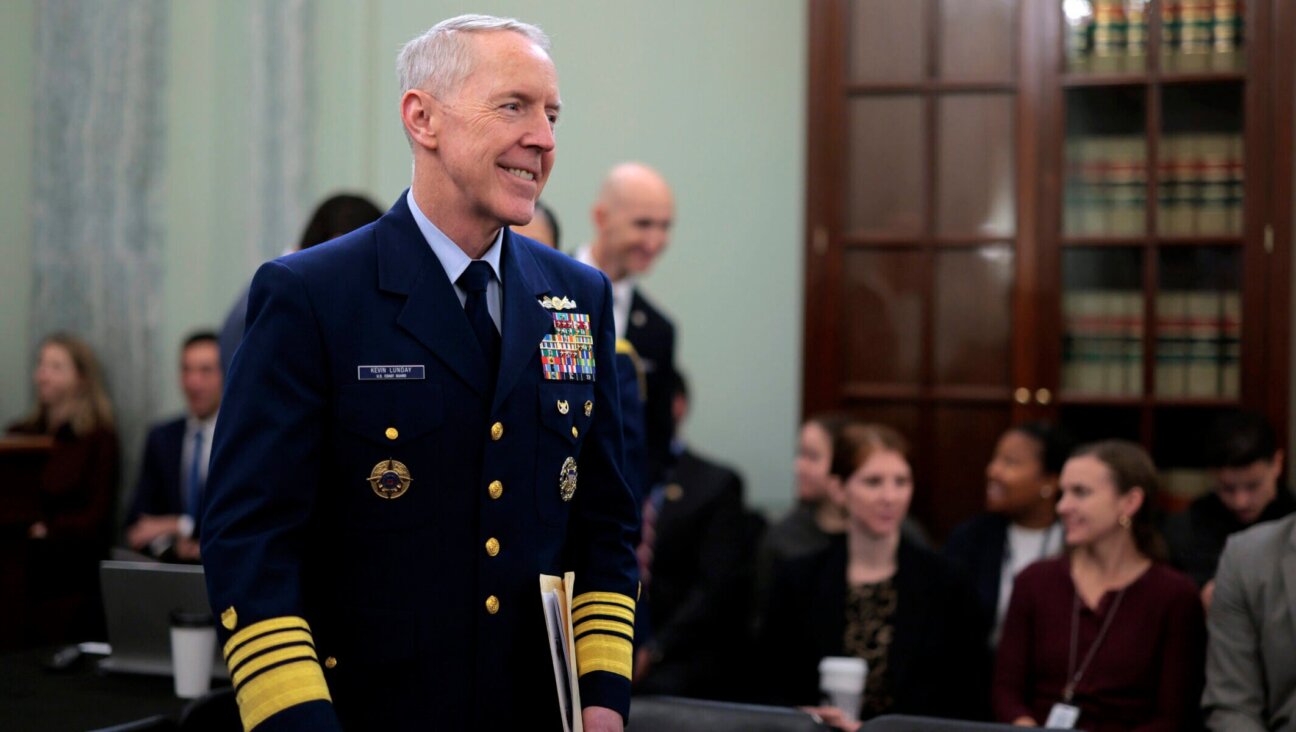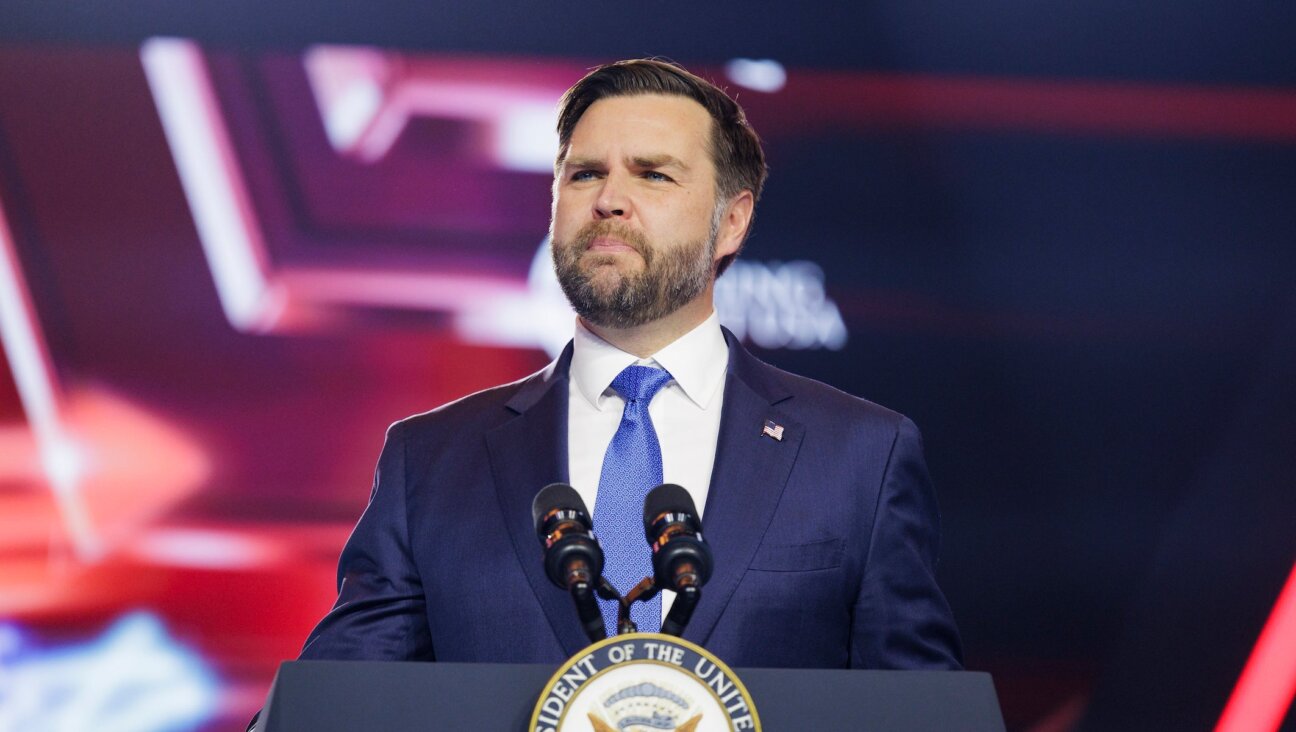Fifty Years Since the ’60s
In 1960, Jews numbered roughly 3% of Americans. Of the six presidents that Students for a Democratic Society elected in its brief life of electing personages so designated, only two were Jewish. No precise figures exist for the whole membership, or, for that matter, other radical groups of the ensuing years, or, more particularly, the 59 individuals who gathered at a United Auto Workers camp in Port Huron, Mich., half a century ago, in June 1962, to issue the most influential manifesto that ever came from the student left. But by rough guess, something like one-third or one-half of those at Port Huron were Jews. To try any greater precision would put us into the realm of a joke that might start out, “How many Jews were there at Port Huron?” before heading for the punch line, “I don’t know about Jews, but quite a few were Jewish.”
Still, when I was president of SDS in 1963 and counted heads around the table at a national meeting, for sociological reasons of my own, I was struck by the fact that only a small minority — I no longer remember how many — were New Yorkers or Jews, let alone both. I took this as a positive sign that the organization wasn’t ghettoized, that it could lay claim representatively to its grand ambition: to represent a whole American generation. “Diversity,” we’d say today.
But it was no accident that two of the three whites murdered by white racists during the Freedom Summer of 1964 were New York Jews, for statistically it would have been remarkable if at least one out of three civil rights workers traveling together in a car had not been a Jew.
The manifesto that emerged from the gathering on Lake Huron did not mention the word “Jew” or “Jewish,” or “Nazi” or “Hitler,” but contains a line stating that “the horrors of the twentieth century, symbolized in the gas-ovens and concentration camps and atom bombs, have blasted hopefulness.” And it ends, “If we appear to seek the unattainable, it has been said, then let it be known that we do so to avoid the unimaginable.”
In other words, the document was haunted — in tone, sometimes through the words themselves and also between the lines — by past and future apocalypses; in other words, by Hitler past and by the fear of extinction future. The two were entwined to make up a Möbius strip of dread.
In identifying what was ultimately at stake, the Port Huron Statement was sometimes explicit: “Our work is guided by the sense that we may be the last generation in the experiment with living.” Overall, in 1,000 ways, the movement’s moral imagination was dogged not only by a sense of what could happen, but also by knowledge of what had already happened.
Among ourselves, we talked about refusing to be “good Germans.” The moral imperatives that vivified the New Left rested on two intertwined understandings: that genocide was now conceivable and that resistance was the only honorable course. It was important to win — this was the strategic face of the movement — but it was also important not to be “complicit.”
When SDS began to target military research on campuses, around 1967, what we denounced was “complicity.” You could begin to be free only by acting as if you were already free, and this entailed, as much as possible — and only you knew what was possible — getting out from under all the institutional deadweight that tried to convince you that nothing very much was possible. The movement was, as civil rights activists already called themselves, a freedom movement.
Later, in the 1980s, interviewing people with whom I had worked in those days for my book, “The Sixties,” I was struck by how many brought up the subject of Nazi evil, known then as the Holocaust by even those who foreswore any religious connotation. They brought it up themselves, and in the main they responded vigorously when I asked them whether the slaughter of the Jews had weighed on them, whether they felt it to be a force in their lives. They had felt it to be a force in their lives, and they had set themselves not to see such abominations repeated. True enough, sometimes they were too quick to draw pseudo-precise analogues between Nazi evil and Mississippi, or the Vietnam War, especially as the decade grew more murderous. To me that was a venal sin. The important thing was to understand, as the Port Huron Statement declared, that history was in the process of being made — always.
A high proportion of the radical Jews were secular. (Radical politics was not exactly the reason that T. S. Eliot warned in 1934 that “reasons of race and religion combine to make any large number of free-thinking Jews undesirable,” but he would not have objected to the extrapolation.) To us, Jewish values were the point of being Jewish, and (sorry, neoconservatives everywhere) those were the values of the left. That is, whatever you believed (or not), whether you were bar (or, less likely then, bat) mitzvahed or not, what mattered in Judaism was not dietary laws but what you, in common with others, did in the name of justice.
Much of the Port Huron Statement reads today as obvious, even as most of the desirable economic and social reforms it proposed are still unachieved. What the document had to say about the Cold War is today, of course, obsolete. But what remains luminous, relevant and ongoing (reincarnated now in the Occupy movement) is the insistence that values matter and that head and heart can line up, if imperfectly. SDS’s brainstorm was to place its declaration of values up front, as in the preamble to the Declaration of Independence. The movement would be guided by the crazy, fruitful, dangerous, American, Jewish idea that human life deserved to be less cruel and more lovely, and that anyone could take action, starting right now and right here, to help make it so.
Now, as then, the politics — like the religion — that ignores this imperative is unworthy. “If not now, when?” as Rabbi Hillel asked. And as another, Rabbi Tarfon, said, “It is not given you to complete the task, but neither are you free to abandon it.”
Todd Gitlin chairs the doctoral program in communications at Columbia University and is the author of the just released e-book “Occupy Nation: The Roots, the Spirit, and the Promise of Occupy Wall Street” (HarperCollins).
















